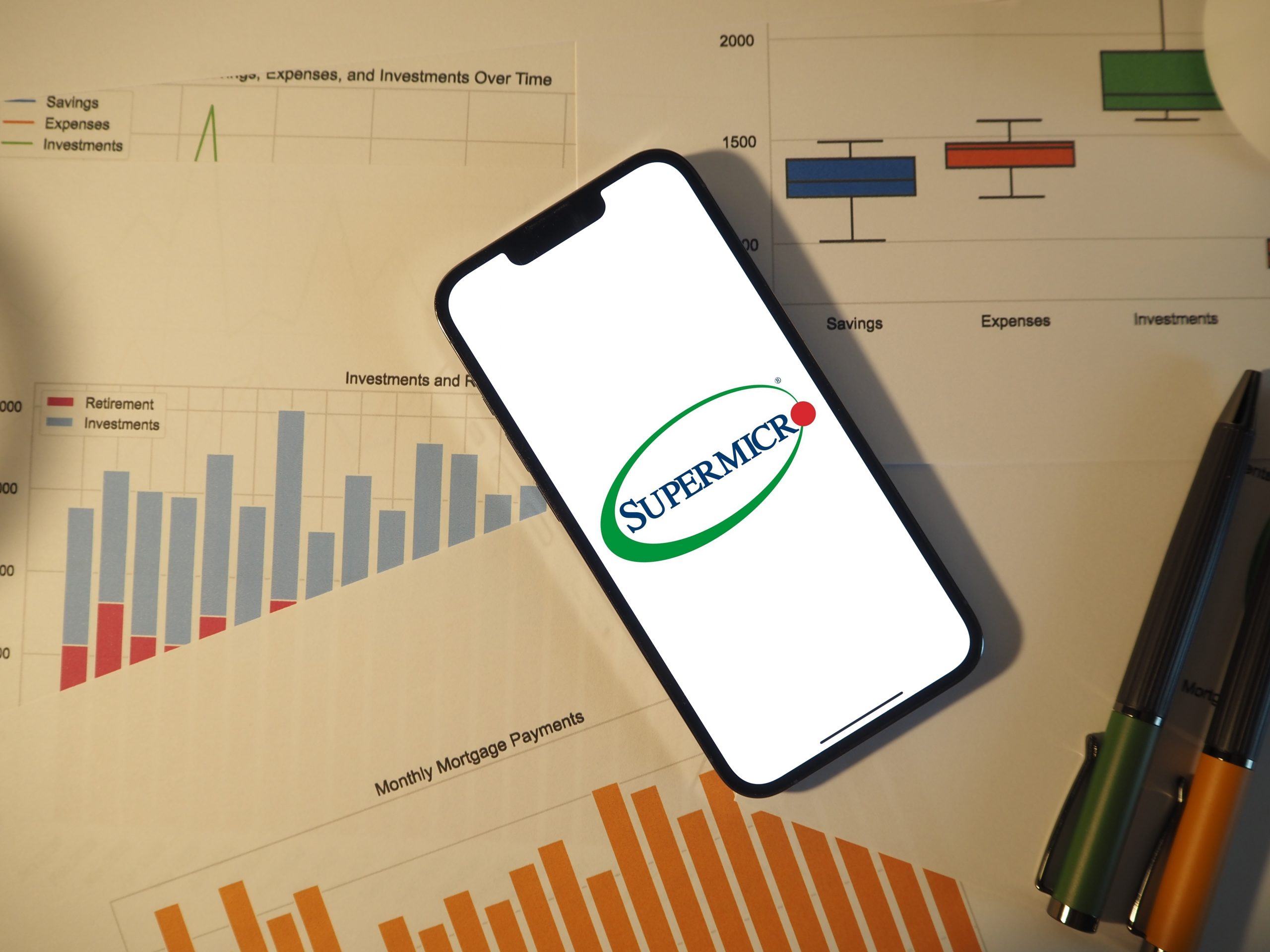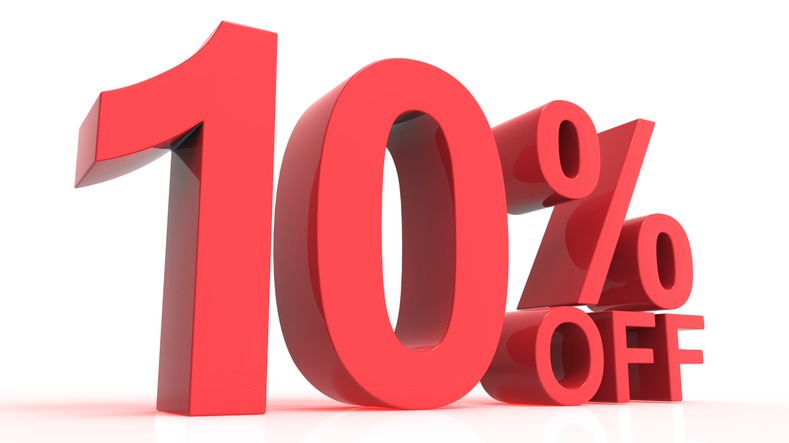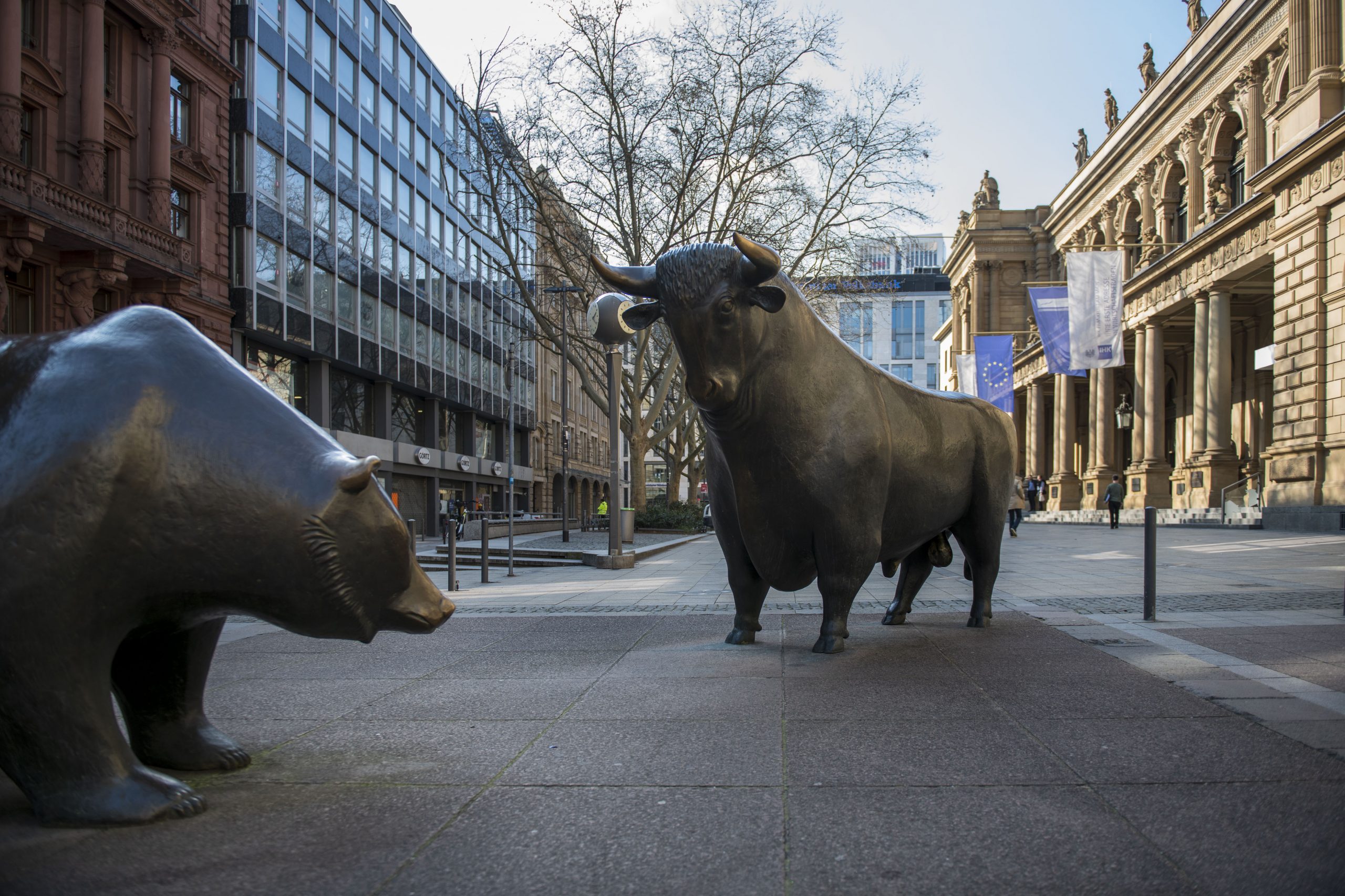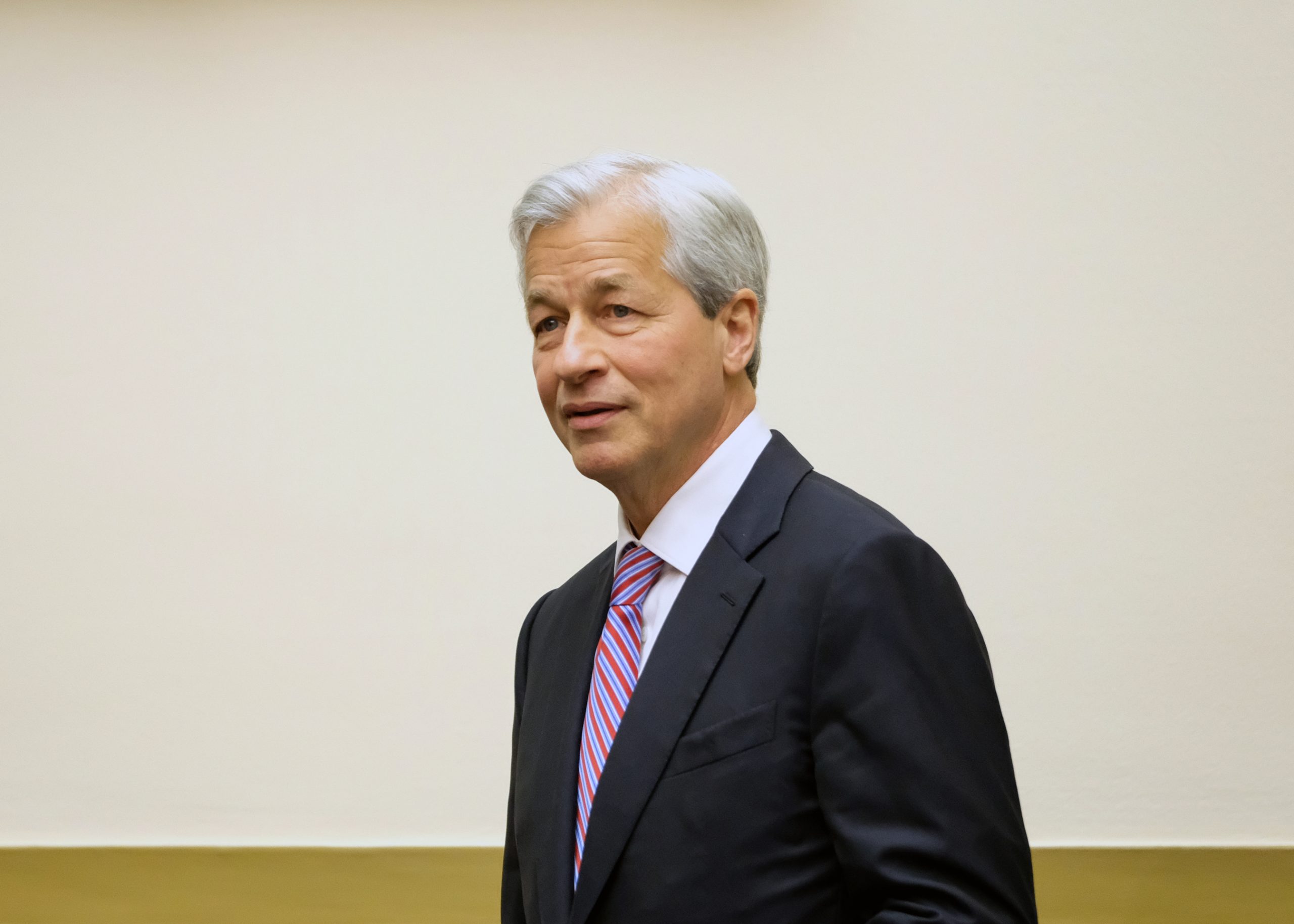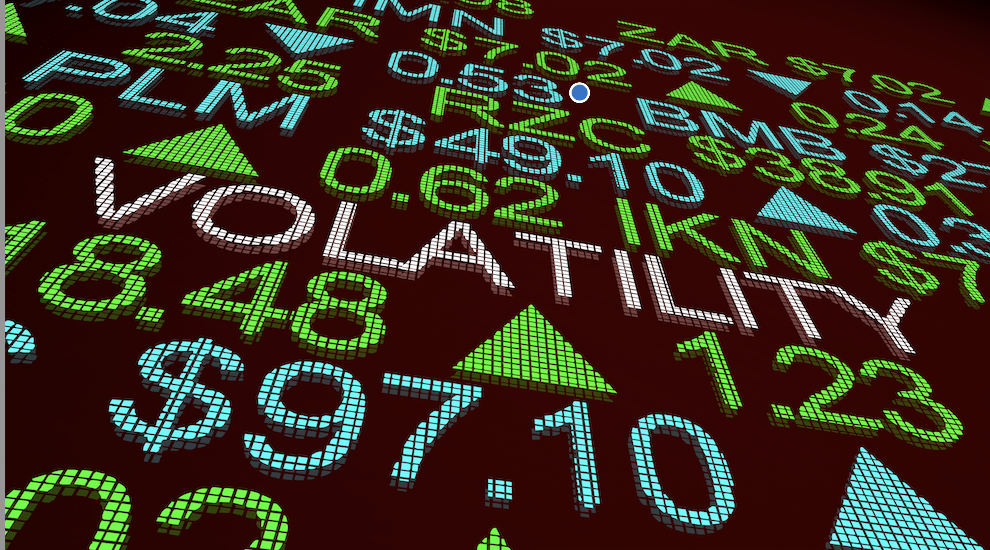Your Trading Guide to International ETFs and American Depository Receipts (ADRs)
Investors and traders seeking market exposure outside the U.S. can consider international ETFs and ADRs—both of which trade on American exchanges, and offer associated equity options
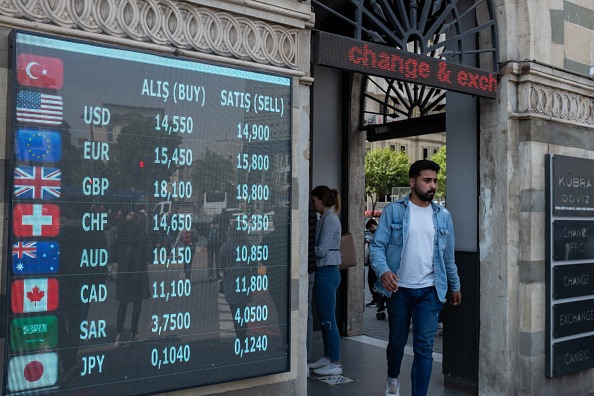
History has demonstrated quite clearly that the fortunes of a given country can change dramatically with time. Unfortunately, the war playing out in Ukraine this year provides solid evidence of this sometimes harsh reality.
For investors and traders, this is an important consideration, because attractive market opportunities exist not only in one home’s country, but also in other parts of the world. Case in point, Russia-linked securities dropped like a lead balloon earlier in 2022, after President Vladimir Putin ordered a full-scale invasion of Ukraine.
Bearish sentiment doesn’t hold an exclusive grip over international investing/trading opportunities. There are plenty of “feel good” stories in the international arena as well, when a country or region of the world becomes the focus of bullish optimism.
That was certainly the case with India over the last five years, as strong economic growth fueled an 89% gain in the BSE SENSEX index. Before that, it was exponential growth in China—and strong interest in Chinese stocks—that turned some of China’s largest technology companies into household names across the world.
Ten years ago, very few global market participants had likely heard of Alibaba (BABA), Baidu (BIDU) and JD.com (JD). Today, it would be hard to find a global investor that hasn’t heard of them. And that pattern will undoubtedly play out again, as companies with little or no visibility become newfound sensations in the international investing/trading world.
American Depository Receipts (ADRs) and International ETFs
To access global markets, investors and traders typically utilize three different approaches: trading directly on international exchanges, trading American Depository Receipts (ADRs), and trading international exchange-traded funds (ETFs).
Unfortunately, most brokerage firms in the U.S. do not allow clients direct access to international exchanges. As a result, the latter two approaches—ADRs and international ETFs—are the most heavily utilized avenues for accessing international exposure. Conveniently, these products also typically offer listed equity options.
ADRs, for their part, are certificates issued by U.S. financial institutions that represent a share of a foreign company’s stock. They’re traded just like domestic stocks on U.S.-based exchanges—meaning you don’t need a special brokerage account to access them.
International ETFs, on the other hand, are typically designed to provide exposure to a specific country, a specific region of the world, or a group of international companies that share a similar profile.
For example, the iShares China Large-Cap (FXI) is composed exclusively of large-cap companies with direct exposure to the Chinese economy. While the iShares MSCI EAFE (EFA) is composed of large and mid-cap companies operating in a variety of developed countries around the world (excluding the U.S. and Canada).
Global Stock Performance in 2022
This year, the bears have been in firm control of market sentiment in the U.S., with all three of the country’s major stock indices (Dow Jones, Nasdaq, and S&P 500) dropping by at least 20% at some point in 2022.
That same pessimism has carried over into many other global stock markets, as well. Some of the world’s worst-performing global stock markets in 2022 are listed below.
Worst-Performing Global Indices in 2022
- Russia, RTS, -40%
- Hong Kong, Hang Seng, -33%
- USA, Nasdaq 100, -31%
- Germany, MDAX, -31%
- South Korea, KOSPI, -22%
- USA, S&P 500, -19%
- China, Shanghai Composite, -16%
- Switzerland, SMI, -17%
- Netherlands, AEX, -16%
The above list features some of the most advanced and best-known stock markets in the world, and helps illustrate that correlations across these markets have been fairly high in 2022.
According to research conducted by tastytrade, correlations among global stock markets typically increase when bearish trading conditions emerge. That means weak performance in global stocks—at a time when U.S. stocks are in correction mode—hasn’t necessarily been a surprise.
However, that pessimism hasn’t spread to every corner of the world. For example, the Indian stock market (BSE SENSEX) is up slightly in 2022, with a year-to-date return of roughly 3%. South America has also been an outperformer this year, especially as compared to the returns on most other continents. Stock markets in Brazil, Chile, Ecuador and Venezuela are all up at least 5% this year.
The aforementioned information illustrates that a myriad of investing and trading opportunities exist outside the U.S. So if one’s preferred approach/strategy can’t be deployed at home (due to prevailing market sentiment, or some other reason), there may be an opportunity to trade/invest in a foreign market.
For example, if one was still bullish on Indian stocks, he or she might decide to trade or invest in an Indian-focused ETF, such as the iShares India 50 ETF (INDY), the iShares MSCI India ETF (INDA) and the iShares MSCI India Small-Cap ETF (SMIN).
Alternatively, the following ADRs could be considered for exposure to Indian single-stocks: Azure Power Global (AZRE), Dr. Reddy’s Laboratories (RDY), HDFC Bank Limited (HDB), ICICI Bank Limited (IBN), Infosys Ltd (INFY), Tata Motors Limited (TTM), Wipro Limited (WIT), or WNS Holdings Ltd (WNS).
India is only one example—global market participants can utilize international ETFs and ADRs from every corner of the world. For more context on trading international markets, check out this new installment of Options Jive on the tastytrade financial network.
For daily updates on everything moving the markets, monitor TASTYTRADE LIVE—weekdays from 7 a.m. to 4 p.m. CDT.
Sage Anderson is a pseudonym. He’s an experienced trader of equity derivatives and has managed volatility-based portfolios as a former prop trading firm employee. He’s not an employee of Luckbox, tastytrade or any affiliated companies. Readers can direct questions about this blog or other trading-related subjects, to support@luckboxmagazine.com.


